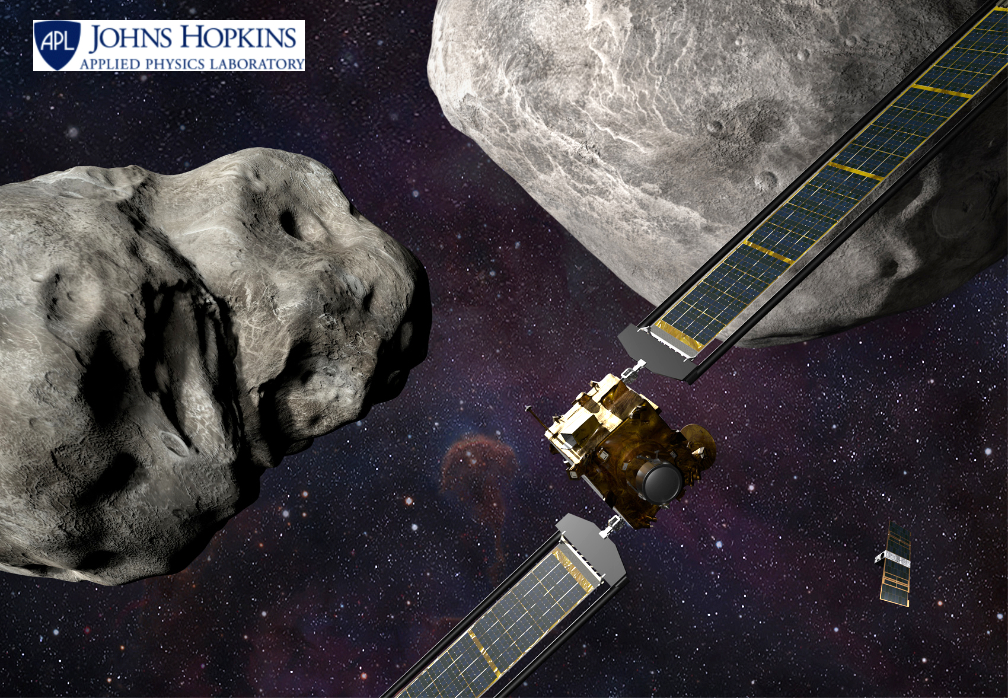
Rocket Lab USA, Inc. (Nasdaq: RKLB) (“Rocket Lab” or “the Company”) has released two, new, high-performance space systems products designed to increase the availability of essential satellite components to the global, small satellite market.
Bolstering the company’s existing line of proven satellite components, the new Rocket Lab products include the Frontier-X software defined radio (SDR) designed to provide high speed data for near Earth and deep space smallsat missions, as well as a new 12Nms reaction wheel designed specifically for constellation class satellites.


The products join Rocket Lab’s existing heritage space systems components including star trackers, reaction wheels, separation systems, radios, flight software, ground software, and solar power solutions. Combined, Rocket Lab’s space systems components have supported more than 1,700 space missions to date.
Enabling Smalllsat Deep Space Missions
Rocket Lab’s new Frontier-X radio is a high-speed, X-band ranging, RF transceiver designed to expand the reach of small satellites beyond LEO to cislunar and deep space destinations as well as provide an affordable alternative for mission payload downlink at LEO.
The Rocket Lab Frontier-X radio joins the Frontier-S ranging RF transceiver in bringing advanced functionality not typically available in affordable software-defined radios. This includes a coherent transponder to enable radiometric navigation methods, precision timekeeping functions, turbo and convolutional encoding compliant with recommended standards by the Consultative Committee for Space Data Systems (CCSDS), and a hardware-based, critical command decoder (CCD).
The X-band radio packs Deep Space Network (DSN) waveforms, two-way doppler and regenerative ranging, beacon modes, and low baud rates enabled by low power digital signal processing (DSP) in a low mass solution. The Fronter-X radio has the durability to survive in high radiation environments beyond Earth orbit, including to GEO and deep space.
Rocket Lab’s Frontier radios are based on the Johns Hopkins University (JHU) Applied Physics Laboratory’s (APL) Frontier Radio and backed by proven flight heritage, having successfully flown the Frontier-S on the Company’s Photon spacecraft, a Rocket Lab designed and launched spacecraft that deployed the CAPSTONE satellite to the Moon for NASA.

The Frontier-X radio has completed qualification, is slated to fly on NASA’s Escape and Plasma Acceleration and Dynamics Explorers (ESCAPADE) mission to Mars, for which Rocket Lab is developing and building two spacecraft. Frontier-X is available for order now with production taking place at Rocket Lab’s headquarters in Long Beach.
Constellation-Class Reaction Wheel
Building upon strong space heritage and extensive experience across decades of reaction wheel production with Sinclair Interplanetary by Rocket Lab, the new 12Nms reaction wheel has been developed to expand attitude control solutions that already include reaction wheels ranging from 10mNms to 1Nms and high-performance star trackers.
Rocket Lab’s 12Nms reaction wheel, designed for long-life and reliability, is ideal for attitude control of spacecraft with masses as high as 600 to 650 kg and lifetimes as long as 12 years. With its low mass, power, and volume, the 12Nms reaction wheel caters to high mission assurance civil or national security missions as well as high volume constellation missions.
The 12Nms wheel comes in a radiation hardened variant for longer life and a LEO variant for shorter lifetime missions. The 12Nms wheel is currently planned for flight with an undisclosed large mega constellation customer.
Rocket Lab’s reaction wheels have been used in more than 100 satellites to date for missions and constellations focused on remote sensing, communications, science, technology demonstrations, and more. The 12Nms reaction wheel is under production and available immediately.
